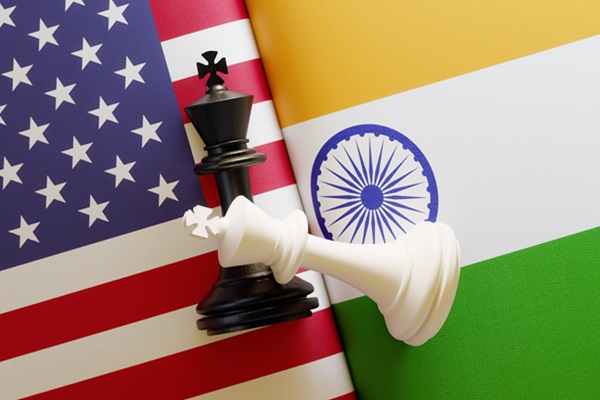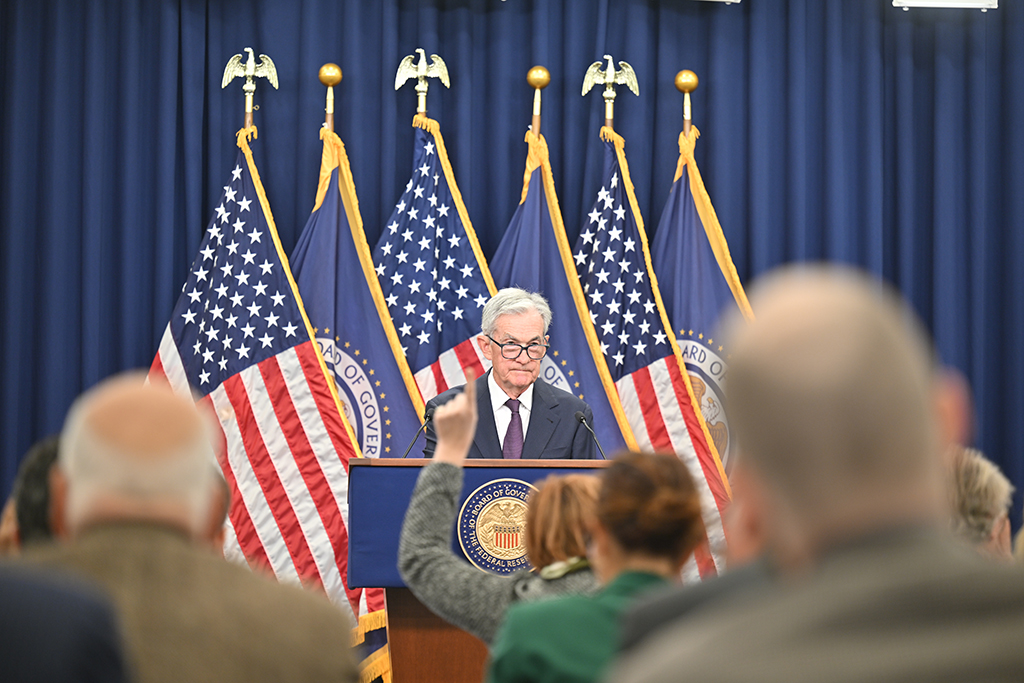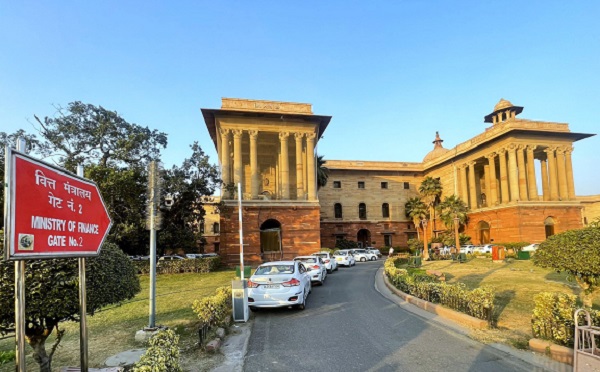.png)

Vivek Johri, former Chairman of CBIC and India’s representative at WTO, is currently Senior Advisor at KPMG in India. He writes on trade policy, tariffs, and taxation.
April 24, 2025 at 8:36 AM IST
Unlike low-tariff economies that have little left to concede, India has the headroom to negotiate aggressively without significantly upending its domestic sensitivities. It is worth recalling that the ostensible objective of US’s unilateral tariff action is to close its trade deficit for goods and to encourage manufacturing of goods in the US. That being so, the main thrust of the upcoming negotiations is likely to be tariffs.
India has long been criticised for its high tariff walls, deemed outdated in a world chasing liberalised trade. Yet in a dramatic twist, what once looked like a drag on competitiveness may now be New Delhi’s sharpest strategic edge compared to its competitors who are in a rush to strike deals with the US. As President Donald Trump’s tariff-first diplomacy takes centre stage again, India’s protected tariff regime provides an unexpected lever that could define its negotiating power in the global trade arena.
When President Donald Trump returned to the White House, so did his favourite economic weapon: tariffs. The latest salvo—blanket duties and sweeping surcharge threats on imports from countries including India—is a strategic replay of his first-term tactics, only more aggressive. This time, it is not just China in the crosshairs, but a swathe of the global trading system.
In India, the response has ranged from caution to worry. But this moment, turbulent as it is, also carries a paradoxical opportunity. Unlike several Southeast Asian economies that have already slashed duties to low single digits, with peak tariffs for industrial goods at or above 10%, India still has tariff space. And in a negotiation that will come down to who has what to give, having tariff capital to invest is a serious advantage vis a vis competitors scurrying to strike a deal with the US.
There is no denying the magnitude of what is unfolding. Trump’s tariff order has reset expectations, introduced deliberate ambiguity through 90-day suspensions, and created a scramble among trade partners to secure carve-outs or rush into free trade talks. It is a tactical disruption designed to displace the WTO’s multilateral ethos and replace it with bilateral concessions dictated by perceived imbalance.
The erosion of the WTO’s dispute settlement mechanism was an early sign. As the US refused to allow appointments to its appellate body, the rules-based order weakened. Trump’s second act has now made it explicit: Washington intends to write a new trade rulebook, one deal at a time.
For India, this moment is best met with composure, not alarm. Exports to the US account for 18% of the outbound trade, and the US is also among the country’s top import partners. The exposure is meaningful but not overwhelming. More importantly, India’s export concentration is significantly lower than that of countries like Vietnam, and our export-to-GDP ratio is modest. That mutes our vulnerability.
Apart from the huge market we offer to any trading partner including the US, what makes us uniquely positioned, however, is our tariff structure both for agricultural and industrial goods. It has often attracted scrutiny in USTR reports, whether for high duties, tariff unpredictability, or sector-specific controls. But in this instance, that very cushion becomes useful and gives us the potential to strike a bilateral trade deal with limited spillover into areas like data rules, market access for services, government procurement or contentious IPR regime.
The timing also aligns with domestic policy. India’s stated ambition of becoming a developed economy under the "Viksit Bharat" blueprint is premised on export growth and manufacturing depth. Trade reforms aimed at market access, standards, and competitiveness are already underway. What the Trump tariffs do is compress the timeline and raise the stakes.
To capitalise, India must act on several fronts.
First, expedite the ongoing trade talks with the EU and the UK. Diversifying export destinations reduces our exposure to the US policy risk and enhances our global bargaining position. Trade strategy is a function of options; right now, India has several on the table. Concluding even one of them gives us additional leverage.
Second, address domestic bottlenecks that could undermine our competitiveness. Labour productivity remains a weak link, far behind peer economies. Regulatory cholesterol—a phrase now common even in official policy documents—must be tackled with measurable results. If capital is mobile but India’s compliance burden remains high, the manufacturing shift we hope to attract will be lost to others.
Third, the government must prepare for rules-of-origin battles. Once the US defines how it will assess country of origin for differential tariffs, the game will change. India’s advantage lies in its robust domestic value chains. Unlike countries that merely assemble or process intermediate goods, Indian manufacturing has deeper integration. This may allow Indian exporters to clear rules-of-origin thresholds that others cannot.
Sectorally, the opportunities are real but selective. Smartphones, pharmaceuticals, and textiles stand to benefit from US-China decoupling, particularly if the tariff regime remains punitive for Chinese goods. On the other hand, sectors like auto components, chemicals, and gems and jewellery—especially those with high price elasticity or dependent on Chinese inputs—could suffer.
In some cases, exporters could benefit from surplus inventories in other countries being sold at lower prices, making input procurement cheaper. But that depends on our ability to absorb these goods smartly and convert them into value-added exports. For this, mechanisms like faster GST refunds and smoother customs incentives can make a real difference.
It is also time to view trade policy as part of India’s broader strategic posture. The US is increasingly using trade not just for economic gains but also to enforce diplomatic compliance. India must resist being co-opted into any binary narrative. We should negotiate with clarity and agility, but without compromising our longer-term autonomy.
This negotiation will not be simple. The US will seek access to our goods markets and services, digital flows, and regulatory structures. Its concerns around India’s standards regime, licensing norms, and internet shutdowns are well-documented. But a confident India can navigate this terrain. The key lies in knowing where to yield and where to stand firm.
What is unfolding is not a trade skirmish but a realignment of the global economic order. The WTO is weakened, supply chains are reconfiguring, and payment systems are being redrawn to reduce dollar dependency. This is economic warfare, not just economic policy. And India, if it plays its cards well, could come out of this churn in a stronger position than before while aligning its domestic policy goals with the needs of the external sector.




